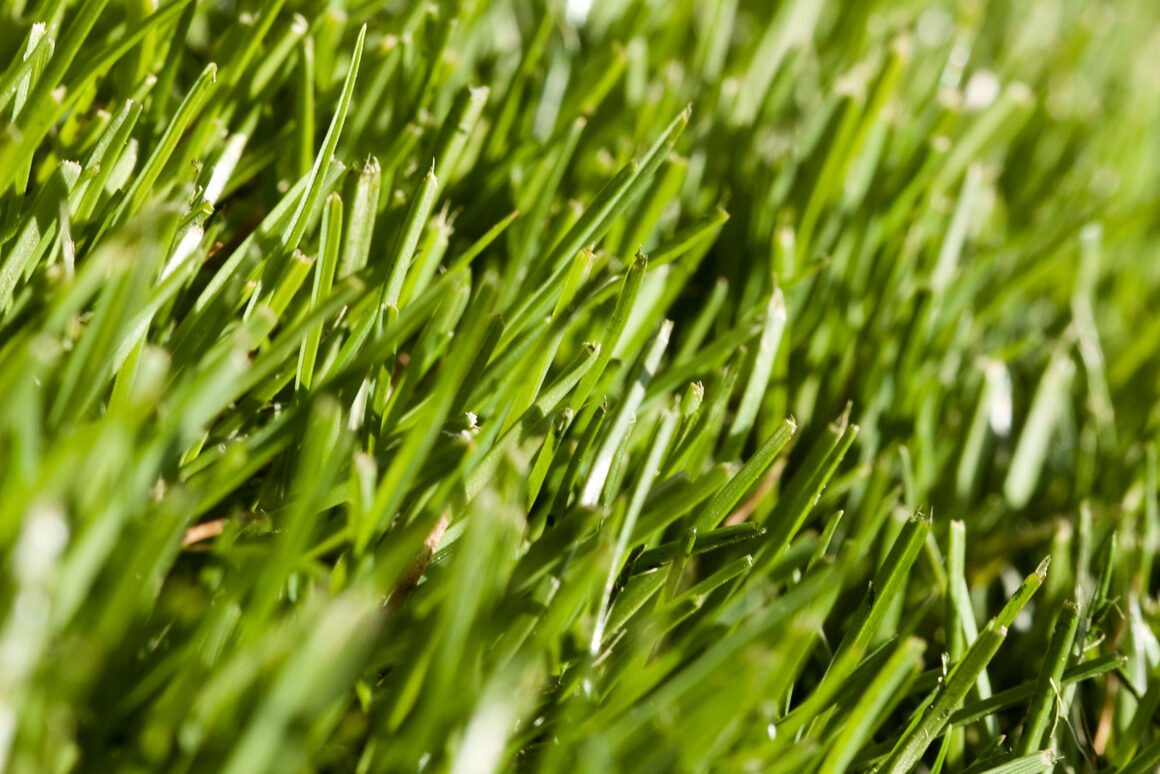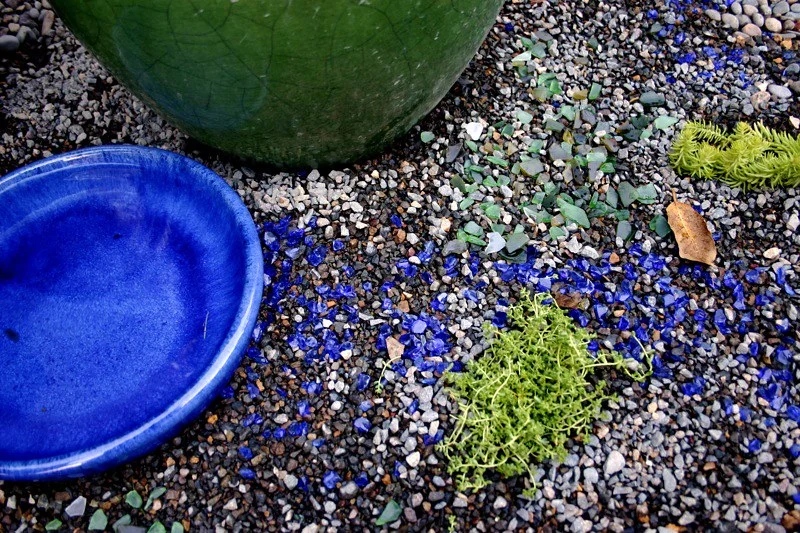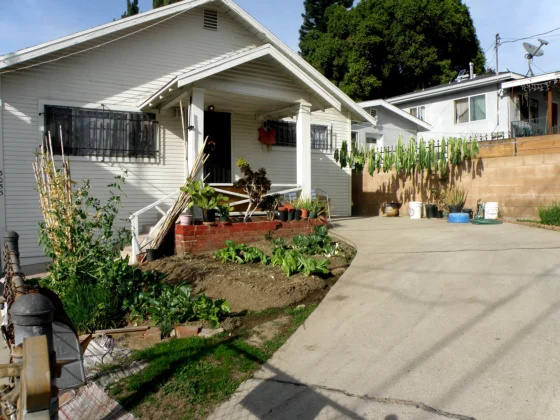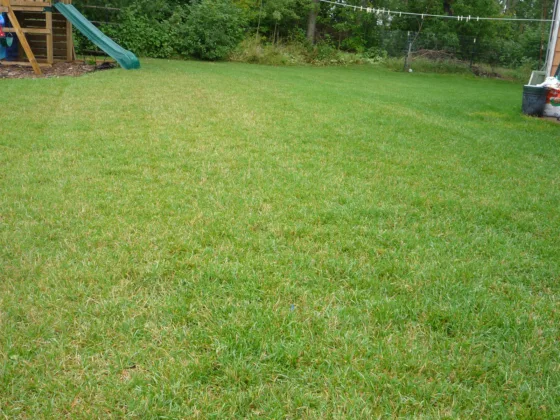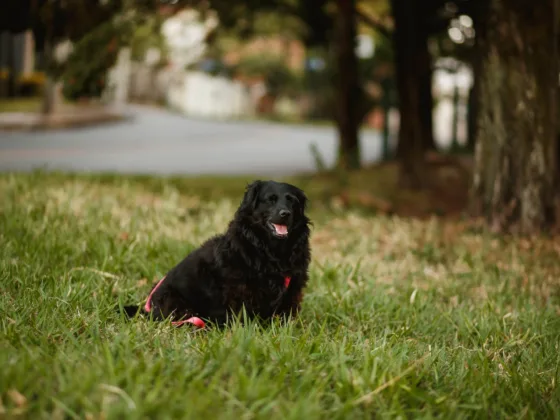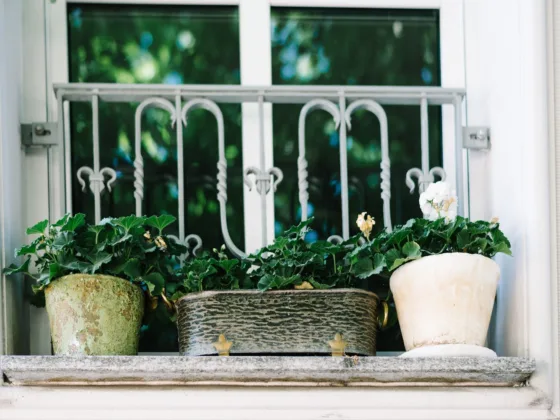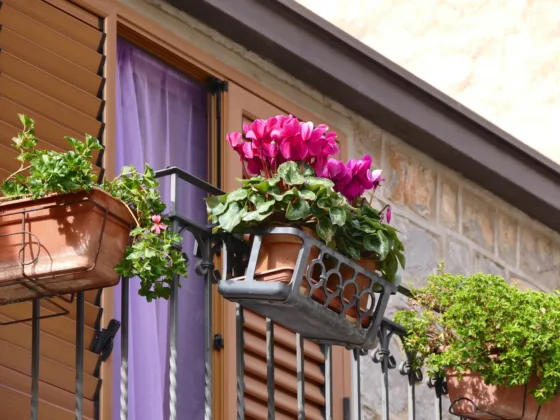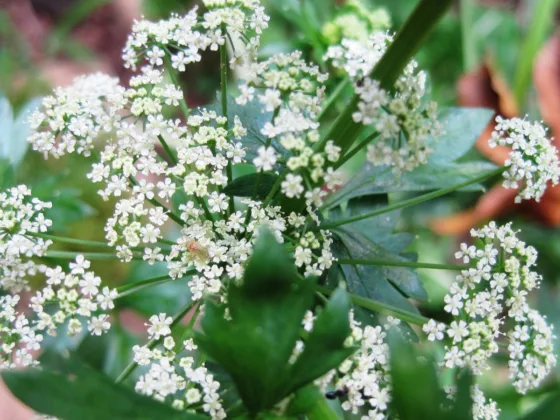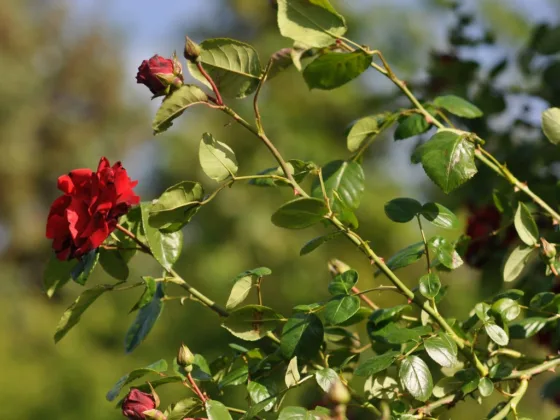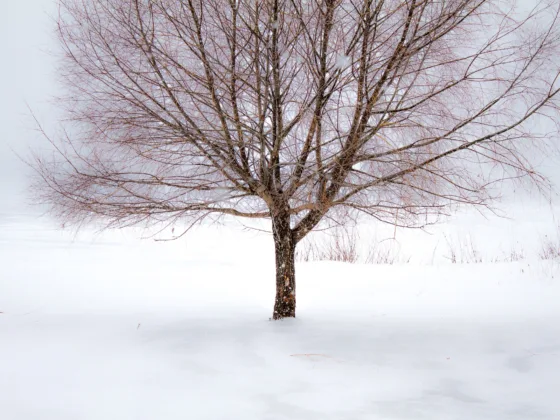Table of Contents Show
Can Gardening Mulch Stop Grass from Growing?
Is your garden growing more grass than flowers? Keeping unwanted grass out of your flower beds and gardens is a constant battle unless you use the gardener’s secret weapon — mulch.
Learn how gardening mulch will stop grass from growing, and how it can improve your soil.
Lush, healthy grass growing on your lawn is a good thing, but it’s unwelcome when it crops up in your flower beds or garden. Laying gardening mulch on top of the soil is a common practice to help prevent weeds as well as grass from invading these spaces and stealing valuable nutrients from your plants.
Yes, mulch will stop grass from growing. A sufficient layer inhibits the germination and growth of invasive grasses by blocking essential sunlight from the soil.
Types of Gardening Mulch
Gardening mulch is divided into two types: organic and inorganic. Organic mulch is any type of mulch that is derived from a plant. Common types of organic material are wood chips or bark, shredded leaves, grass clippings, pine needles, and straw.
Gardeners will often choose organic mulches over inorganic because, over time, organic matter will break down, improving the soil’s quality by adding nutrients.
The disadvantage to organic mulches is the need to top them off as they decompose to keep the layer of mulch thick enough to be effective in controlling the growth of grass. How often an organic mulch needs replenishing will depend on how quickly it breaks down in the soil.
Grass clippings and shredded leaves break down the quickest and will require frequent additions of new material to remain effective. Wood mulches, on the other hand, break down more slowly. Replenishing is usually required only once every one or two years.
Inorganic mulches are materials such as pea gravel, stones, sand, rubber mulch, and black plastic. While inorganic mulches do not require replenishment, they also do not add any nutrients to the soil.
Inorganic mulches are known to reflect solar radiation and raise the temperature in a landscape. This may be a disadvantage for those living in hot climates, but can be a boon for those in cooler climates where the soil takes longer to warm up in the spring.
According to the article “Mulch for ‘Grande’ Yields” from Texas A & M University, black plastic is especially efficient at increasing soil temperature and is often used to speed up the maturation rate when growing vegetables such as tomatoes, peppers, and squash.
The choice to use organic or inorganic mulches is based solely on personal preference and which type suits your needs. Both have been proven effective in controlling the growth of grass, so if that is the sole purpose of the gardening mulch one is not more advantageous than the other.
Read Also:
How to Use Gardening Mulch
Clemson University’s “Mulch” recommends that fine wood mulch should be laid in a 2 to 3-inch thick layer, while coarser wood mulches, such as cedar mulch, and pine needles can be spread up to 4 inches thick.
When using shredded leaves or grass clippings never allow the layer to exceed 2 inches in thickness as both have a tendency to clump when wet, blocking moisture and air from the soil. Inorganic mulches are generally spread in a 2 to 3-inch thick layer.
No matter which type of mulch you choose, it is important to give your plants a little breathing room. When mulching around existing plants, or when introducing new plants to a space where mulch is present, keep the mulch 1 to 2 inches away from the plant’s stems. This allows moisture and air to penetrate the soil and reach the plant’s roots easily.
When replenishing an organic mulch the first step is to lightly rake the material to remove the discolored, surface layer. This is especially essential for grass clippings and shredded leaves, which will become dry and discolored quickly. Once the discolored layer is removed a fresh 1 to 2-inch thick layer can be laid over the existing one.
Alternatives to Mulch
The most common alternative to gardening mulch is landscaping fabric. This fabric is sold in large rolls and is treated to slow its decomposition rate.
The landscaping fabric is laid over the soil, preferably before any vegetation is planted, and is staked down to keep it in place. Landscaping fabric can be used alone or under your mulch of choice.
While landscaping fabric is effective in controlling the growth of broadleaf weeds, the University of Florida warns it is often ineffective, on its own, in controlling the growth of grass.
Invasive grasses have been known to grow up through the small holes in the fabric, so a layer of mulch laid on top of the fabric is recommended to control grass.
Mulch does stop grass from growing in your flower, herb, and vegetable gardens. If choosing an organic material can also enhance soil quality. So stop worrying about grass invading your plants and mulch!
